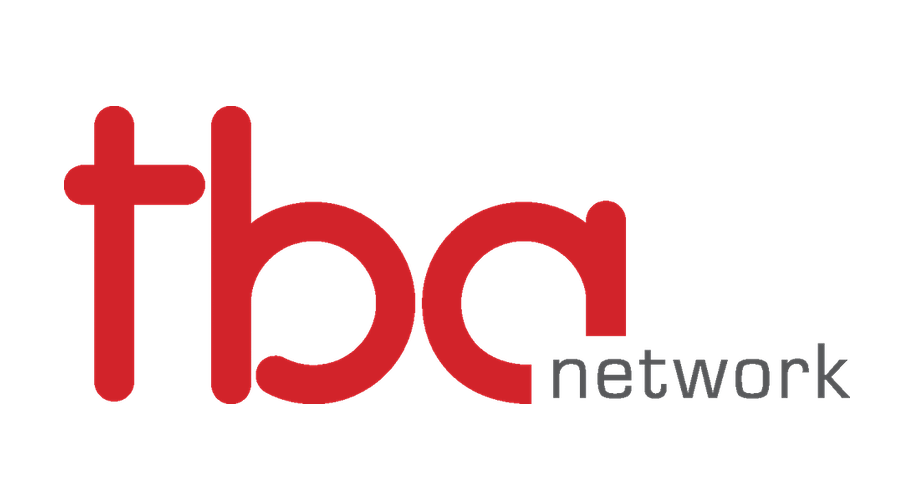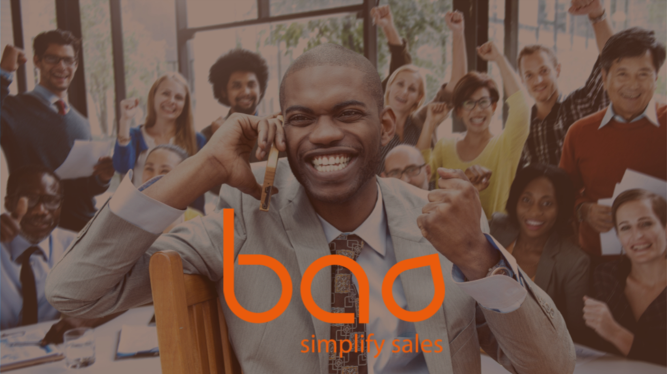Motivated founders and innovative solutions are what the 20 startup investors of the tba network are looking for. Joachim Pfeifer, CEO of Alpin GmbH, has found exactly that in the startup bao. In an interview, founder Patrick Strunkmann-Meister explains how bao and its investor Joachim met and why they chose each other.
Can you introduce yourself and bao briefly?

My name is Patrick Strunkmann-Meister, I am 42 years old and I have 3 kids. This may be a little atypical for a founder. I originally come from Bielefeld and studied business administration and business informatics in Bayreuth, Germany. In 2002, I started working in the sales department of BMW and earned my doctorate with a sales topic. After that, I worked as a management consultant for the automotive industry and was a member of the management board of Vocatus AG. Vocatus is a company which primarily employs psychologists and that’s where I got the first idea for bao, which I founded in 2017.
How did the idea come about? Three years ago, I carried out a major project for a DAX company. The aim was to systematically use psychological models in discussions between buyers and suppliers and to find the best way to put oneself in the shoes of one’s counterpart during a conversation or negotiation. This was a classic consulting project, based on empirical data and psychological models. But it was also when I realized that a conversation between a customer and a salesperson can be structured and that such conversations could be supported with software in order to improve them.
That was the birth of bao. Our goal is to improve the B2B discussions between sellers and buyers, and we specifically target customers who communicate with their clients via phone. The idea behind this is that sales calls are more successful when the dialogue partners are on the same level – psychologically speaking.
How can bao’s solution improve a sales pitch?
Currently, our solution focuses on two essential components of the sales talk: “How” is something said and “What“ is said. With the “How“ we pick up the topic of psychology and “match“ communication profiles. The software helps to identify which communication types my counterpart and I are. On this basis, our software gives recommendations on how to communicate most successfully. The profile of the contact person is identified based on their behavior during the first contact. In addition, we can also use publicly available online information to assess our counterparts – for example, via LinkedIn. What someone reveals about themselves online, says a lot about their personality – in the psychological sense. Sociability, assertiveness, detail-orientation and kindness are the four dimensions that we look at and which are decisive for a sales talk. In this context, we are working with the Katzengruber Group, a leading provider of psychometry, to ensure that our recommendations are valid.
The second component is the “What”. Our software configures so called “playbooks” through which we offer a series of templates that have proven themselves in sales practice.
How does this work in practice?
The buyer can configure these templates for his respective sales process. The salesperson knows, for instance, which questions are useful during the initial discussion. The playbooks, which are customized for me, can be used directly in the conversation. When I make a phone call, I have this in front of me on the screen and can systematically go through it like a checklist. In addition, the objection handling also runs. For example, if someone says they are not interested, something is too expensive, or they already have a similar product, I get direct support telling me what I can argue to turn the situation around.

Currently our software tracks the conversation by active input and /or clicking configurable answer boxes. At the end, our customer gets dashboard information that evaluates what has been said, for example, how often which problems have been mentioned. The documented exchange output is transferred to the respective CRM system via an interface. We don’t want to replace CRM, but we put our software in front of it like an overlay to capture the conversation content. An intelligent overlay that “knows“ my customer and knows me so that we can have better conversations. That is our vision, the goal of the bao journey. We have been on the market with our software since the beginning of the year and have already learned a lot about how to achieve this.
What phase where you in when you were looking for investors? Why were you looking for an investor?
Bao was founded in mid-2017. In the beginning we bootstrapped and were able to develop the first prototypes. We worked with partner companies to find out how to best support sales conversations. We looked for an investor in order to finalize our concepts and software before launching our product.
How did you look for investors? How did you find the tba network?
Getting into the investor scene wasn’t easy for us. We are practitioners and we were new in the founder and investor scene. So, when we started bao, we didn’t know how to find investors, how to appeal to them, and how to convince them. We figured, if we could appeal to customers, it would just be the same with investors, but in reality, it was quite different. We found the first investors through our professional network. Via the network BayStartUp we then participated in a Startup Demo Night. That is where we first met the tba network.
How did you meet your investor Joachim?
We first met Kurt Kofler at the Startup Demo Night, our first contact to the tba network. We stayed in touch and the tba network team visited us in the office. That’s where we met Joachim.
Why did you decide on the tba network and Joachim as an investor?
There were two reasons: On the one hand, we found the tyrolean business angel network exciting, because we felt that the mindset was a good match to ours. Many of the people we met were down-to-earth and pragmatic entrepreneurs. We liked that a lot about the tba network. We also noticed immediately that the tba network is interested in us and that the connection to us is important to them. In addition, the network idea, that would allow us to address a large number of potential supporters via an individual, was very appealing.
We immediately noticed that Joachim was a good fit, when he visited our office and we talked about bao. He found our business idea extremely exciting and quickly recognized the potential. He also owns an IT company, so he could easily understand the technological components as well. There was immediately a good understanding and we built up trust during the conversations that followed this first encounter.
Are you still looking for capital? Does Joachim support you in this as well?
We can work well and focused with our current investors. Joachim, of course, asks around in his network. He is also considering a follow-on investment himself, which is great feedback for us. When Joachim joined us, we only had the product in a first development version, many interested parties and a handful of paying customers. It was an early phase when Joachim came on as an investor. In the meantime, we have sold our solution several times and have been able to further develop the product on the basis of customer feedback. We are currently preparing to enter the market with our collected learnings. To this end, we have strengthened our team and are now well positioned to acquire customers on a larger scale. Once we have proven this, we will strive for another round of investments. All in close coordination with Joachim and the tba network, of course.

